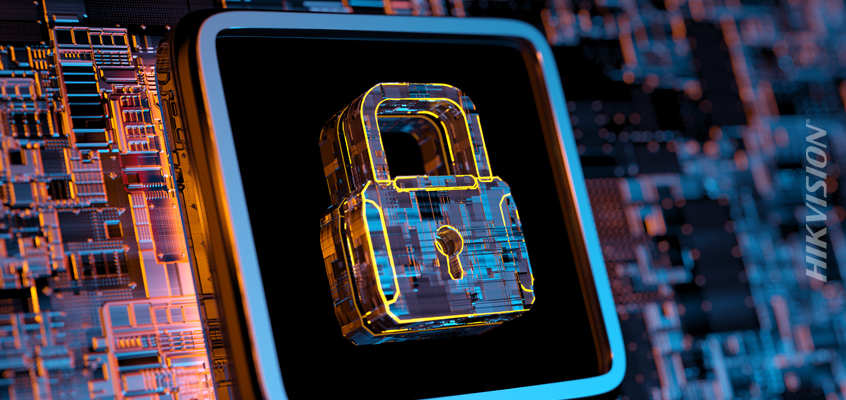Hikvision Senior Cybersecurity Director on Security Breach and 4 Tips to Protect Yourself from this Concern, Plus 3 Bonus Tips on Creating Good Passwords

Hikvision Covers Cybersecurity Trends and Tips to Stay Safe Throughout National Cybersecurity Awareness Month (NCSAM)
Hikvision has covered several cybersecurity trends and provided insights to stay safe throughout October’s National Cybersecurity Awareness Month (NCSAM). Today, Hikvision Senior Director of Cybersecurity Chuck Davis covers the magnitude of security breach threats and offers tips to protect yourself from this concern.
Security Breach Threats
In the recent Hikvision blog, “Part 1: Hikvision Senior Director of Cybersecurity Covers Breach of More Than 300 Records at 18 Companies,” Davis covered 18 startups that were breached.
A threat actor posted more than 386 million user records online from 18 companies. “Since July 21st, a seller of data breaches known as ShinyHunters has begun leaking the databases for free on a hacker forum known for selling and sharing stolen data,” reported Bleeping Computer.
And, according to CSO Online, the 15 largest security breaches from this century affected 3.5 billion people.
Given the magnitude of growth in security breach and personal data affected, how can you stay safe from this threat? Continue reading below for tips to stay safe from security breach and hacking threats.
4 Ways to Protect Yourself from Security Breach
The following four tips are sourced from the Hikvision blog, “Part 2: Hikvision Senior Director of Cybersecurity on 4 Ways to Protect Yourself from Security Breach.”
- If you have an account on any of the sites that were breached, change your password immediately, even if the vendor doesn’t force you to change your password.
- Never reuse passwords. Every one of your accounts should have a unique, complex password. Learn more here about three rules for creating good passwords.
- Create, store and manage all of your passwords with a Password Manager. Read this Hikvision blog to learn more about using this tool to reduce security concerns: “Hikvision Cybersecurity Director Discusses Password Management Strategies, Using Password Managers to Reduce Security Concerns.”
- Sign up for Have I Been Pwned to check if any of your accounts have been compromised in a data breach.
Bonus: 3 Tips for Creating Good Passwords
Creating complex passwords and using good password hygiene can help to protect you from cybersecurity risk. Davis outlines several easy-to-apply methods to improve your passwords below.
- Make your passwords long: It’s recommended that passwords should be at least 12 characters long. As computing power increases, the number of characters in a long password will increase as well.
- Strong passwords should have multiple characters: Use all four character sets including uppercase letters, lowercase letters, numbers and special characters. In most cases, spaces are also allowed, which means you can use a sentence as your password or passphrase.
- Create a unique password for every login: Creating unique passwords for every account is very important. The reason is that if an attacker discovers your password for one account, they are likely to try that password for other popular online services and could gain access to all of your accounts.
When those databases of cracked usernames, email addresses and passwords are posted to the Internet, threat actors will take something such as a LinkedIn email address and password, and attempt to use it on Facebook, Twitter, Google, Instagram, Snapchat and any other popular website they can think of to see if it works there as well.
Read more from Hikvision about password tips to prevent hacks and security breach at this link.
